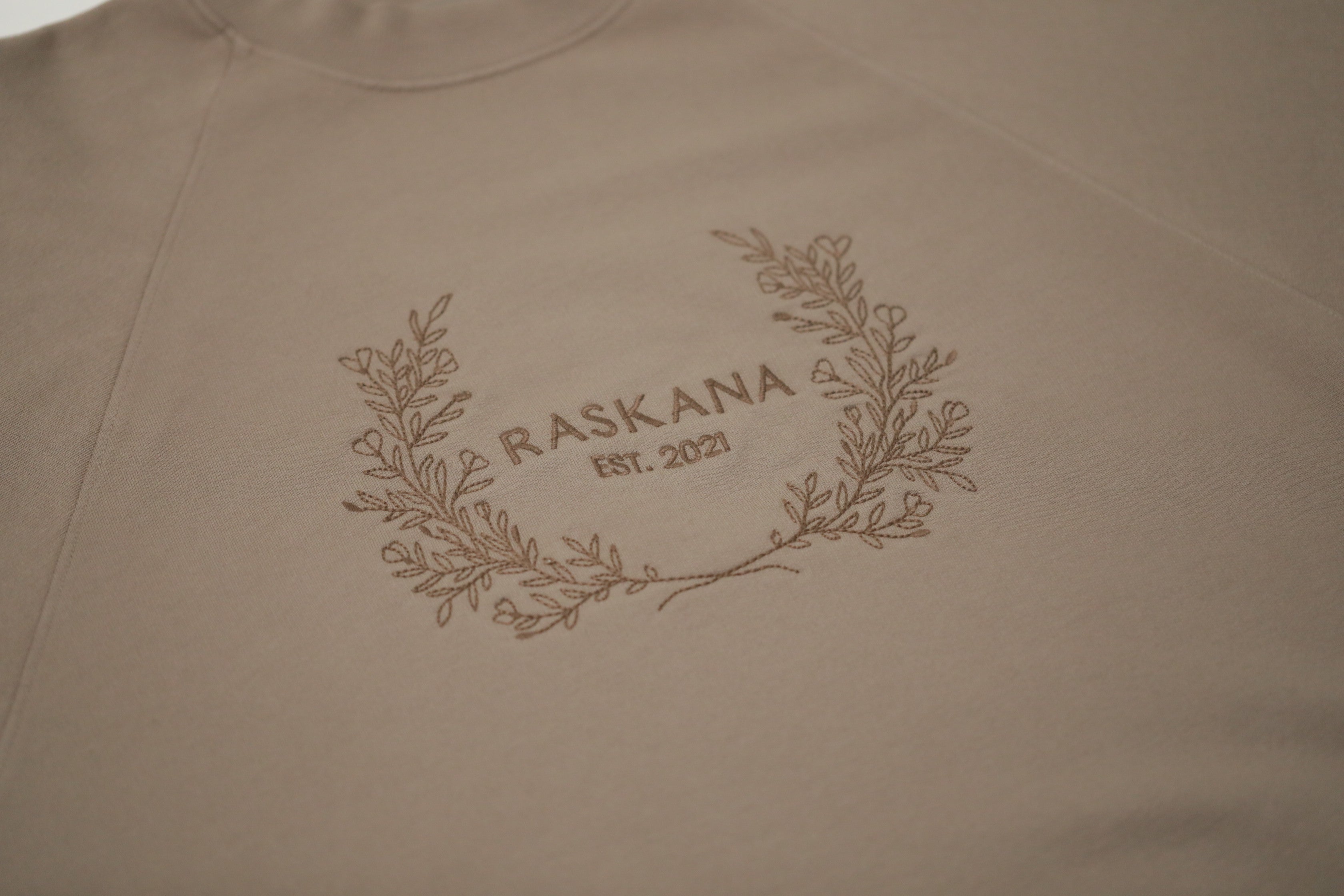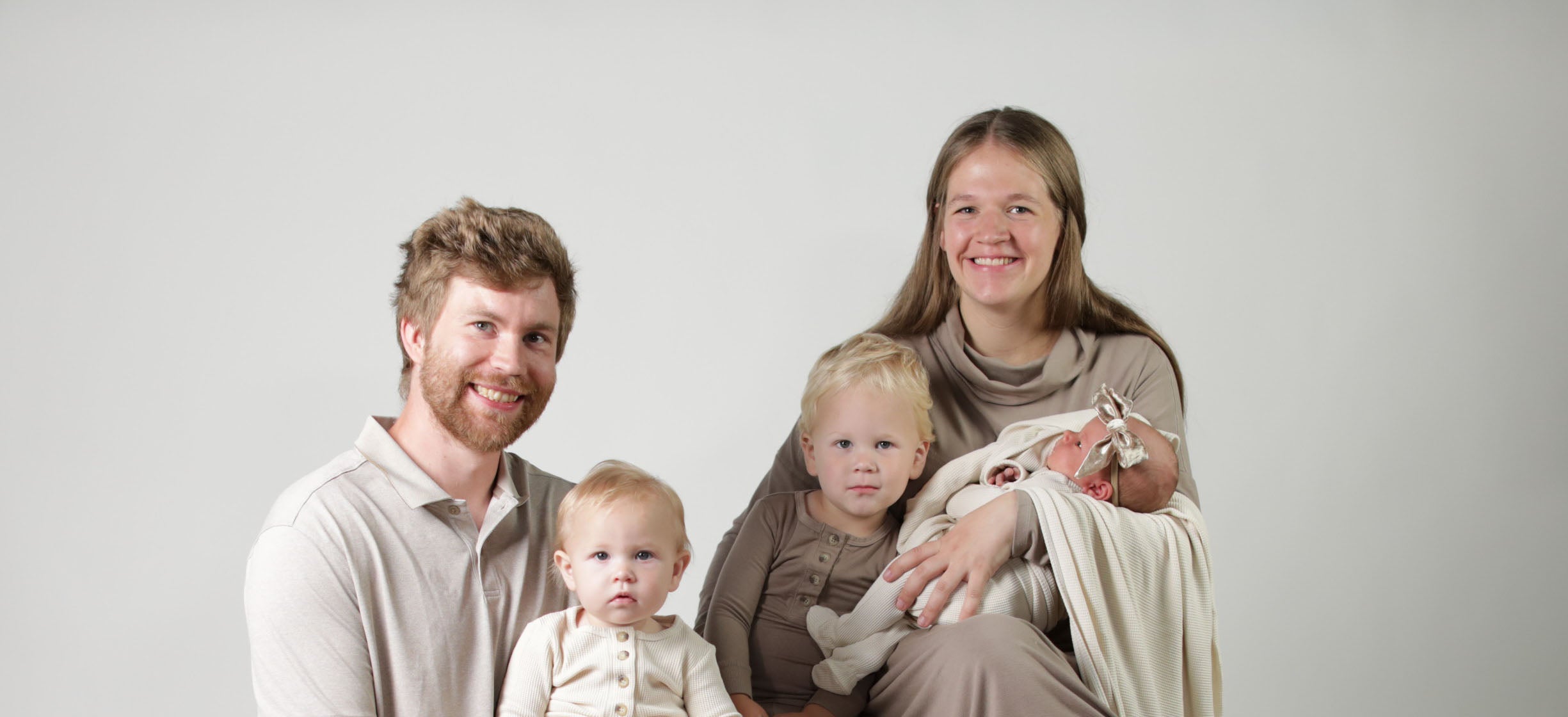
GARMENT DYEING || PROCESS, TECHNIQUE & BENEFITS
At RASKANA we take pride in creating the highest quality garments for the maternity, motherhood and baby apparel markets. Part of doing that means incorporating garment dyeing to our production process to ensure that our garments come to you with the highest quality fit and function.
Garment dyeing is the process of dyeing fully fashioned garments after they are cut & sewn at the garment factory. Each style is sewn in grey fabric (fabric with no color) and completely finished before the color is added to the garment. In conjunction with the cut & sew process, we work with our dye house to review lab dips for our seasonal color approval using the Pantone TCX color code. Once the garments are completely sewn together, they get sent out to our dye house for the garment dye. The garments are then sent back to the factory for final trimmings and inspection before they are shipped to our warehouse and waiting for you!

Benefits Of Garment Dyeing
Garment dyeing has a variety of benefits, but a few of our favorites are listed below:
- Pre-Shrunk. During the garment dyeing process the garment is washed and pre-shrunk, which means that the garments you purchase will come to you in the size they will always be. No more worrying about your garments shrinking in the wash!
- The vintage hand feel. Garment dyeing give garments a slightly vintage, pre-washed look and hand feel due to the way the dye is applied to the garment. This technique has been gaining importance in the apparel industry due to fashion trends and cost savings on fabric with the mill minimum order quantities.
- Shorter supply chains. Garment dyeing allows brands to shorten the supply chain, because they no longer have to commit to seasonal colors until after the cut and sew production has started. It also allows them to purchase commonly used stock fabrics in advance to keep on hand when items go out of stock and they need to re-order styles.
- Less waste. During the fabric cutting process, about 15% of fabric is cut out as waste. This means that less fabric needs to be dyed, therefore requiring less water and chemical consumption during the production process.




Leave a comment
This site is protected by hCaptcha and the hCaptcha Privacy Policy and Terms of Service apply.